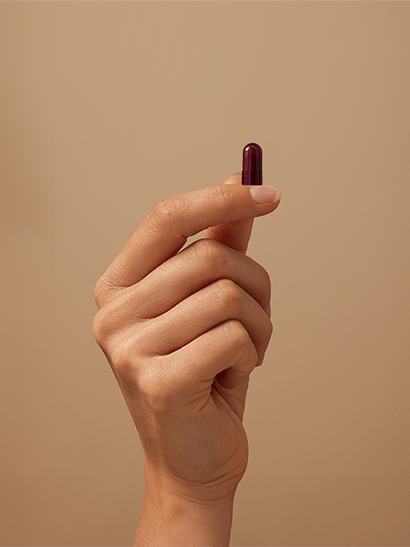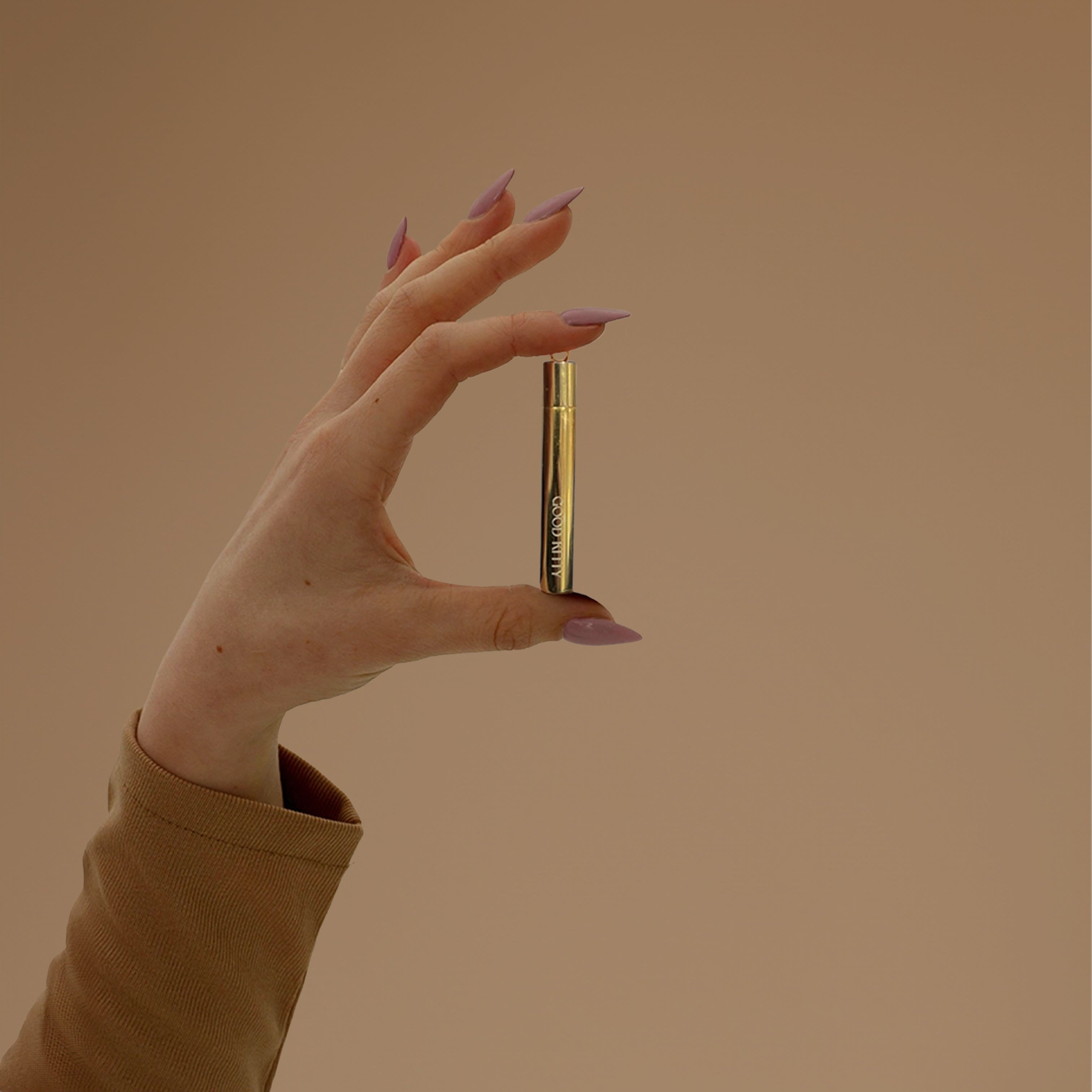Sex is a common trigger for urinary tract infections (UTIs). Unlike sexually transmitted infections (STIs), UTIs aren't contagious between partners, but understanding the connection between sexual activity and UTIs can help you protect your urinary health.
Why Sex Increases UTI Risk: Anatomy Matters
Women's anatomy makes us particularly vulnerable to UTIs. The female urethra is only about 1.5 inches long (compared to 8 inches in men) and is positioned close to both the vaginal opening and anus. During sexual activity, this compact arrangement makes it easy for bacteria to be mechanically transferred to the urethral opening, where they can travel to the bladder.
As Good Kitty's resident urologist Dr. Sharon Knight explains, "Female anatomy creates a perfect storm for UTI vulnerability—a short urethra positioned near multiple bacterial sources. Understanding this connection is the first step toward prevention."
Sexual Activities That Increase UTI Risk
Several aspects of sexual intimacy can elevate your risk of developing a UTI:
Frequency of Intercourse
Research shows that more frequent sexual activity correlates with higher UTI incidence. A study published in the Journal of Urology found that women who had sex three or more times per week were more likely to develop UTIs than those with less frequent sexual activity.
Sexual Positions and Techniques
Certain positions may increase friction against the urethra or enhance bacterial transfer from the anal area. While everyone's experience differs, being mindful of urethral pressure can help reduce irritation.
Personal Care Products
Many sexual wellness products can disrupt vaginal and urethral health:
- Lubrication issues: Insufficient lubrication increases friction and potential micro-abrasions where bacteria can thrive
- Chemical irritants: Spermicides, scented lubricants, and glycerin-containing products can disrupt vaginal pH and microbiome
- Latex sensitivity: Some women experience irritation from latex condoms, which can increase UTI susceptibility
Beyond Basic Prevention: A Comprehensive Approach
While the standard advice to urinate after sex remains important, Good Kitty's research shows that comprehensive UTI prevention requires a multi-faceted approach.
1. Pre-Sex Protection with UTI Biome Shield
Taking Good Kitty's UTI Biome Shield before sexual activity creates a protective barrier against bacterial adhesion. Our dual-action formula combines:
- Pure Cranberry Juice PACs: 38mg of bioavailable proanthocyanidins that prevent bacteria from adhering to urinary tract walls
- D-mannose: Acts as a bacterial magnet, trapping E. coli before it can attach to urinary tissues
- Polyphenols: Support healthy vaginal and urinary microbiomes
For optimal protection, take two capsules 30-60 minutes before intimacy. The active ingredients create a bacterial barrier that lasts up to 24 hours.
2. Sexual Wellness Products: Choose Wisely
Not all sexual wellness products are created equal. Consider these options to minimize UTI risk:
- Lubrication: Choose water-based or aloe-based lubricants without glycerin, parabens, or fragrances.
- Condoms: Non-spermicidal, lubricated condoms reduce friction without introducing irritating chemicals. If you're sensitive to latex, try polyurethane alternatives.
- Sex toys: Select non-porous materials (medical-grade silicone, glass, or stainless steel) that can be thoroughly cleaned. Always wash with mild soap before and after use, and never transfer toys between anal and vaginal use without proper cleaning.
3. Post-Sex Rituals
After sexual activity:
- Urinate within 30 minutes to flush out bacteria
- Gently cleanse the external genital area with warm water (avoid harsh soaps)
- Stay hydrated to promote urinary flow
- Consider a daily UTI Biome Shield capsule to maintain protection
Birth Control and UTI Risk
Certain contraceptive methods can influence your UTI susceptibility:
Diaphragms and Cervical Caps
These methods can put pressure on the urethra, potentially preventing complete bladder emptying and creating an environment where bacteria can multiply. If you use these methods and experience recurrent UTIs, discuss alternatives with your healthcare provider.
Spermicides
Products containing nonoxynol-9 can disrupt vaginal flora and increase UTI risk.
IUDs
While generally not associated with increased UTI risk after the initial insertion period, some women report increased UTI susceptibility with certain IUD types. Monitoring your symptoms and discussing them with your healthcare provider is essential.
When to Seek Medical Care
While Good Kitty's UTI Biome Shield provides powerful prevention, if you experience UTI symptoms, seek prompt medical attention:
- Burning during urination
- Frequent urge to urinate with minimal output
- Cloudy, strong-smelling urine
- Pelvic pain or pressure
- Lower abdominal discomfort
Remember that untreated UTIs can progress to kidney infections.
Breaking the Cycle with Good Kitty
For women who experience recurrent UTIs, the cycle of infection-antibiotics-repeat can be frustrating and harmful to overall urogenital health. Good Kitty's UTI Biome Shield was developed specifically to break this cycle by:
- Preventing bacterial adhesion
- Supporting vaginal and urinary microbiome health
- Strengthening urinary tract tissue
- Providing comprehensive protection during high-risk activities
Our research shows that 89% of women who consistently use UTI Biome Shield report fewer UTIs within three months, with many experiencing complete resolution of recurring infections.
Conclusion: Empowered Protection
Understanding the relationship between sexual activity and UTIs empowers you to take control of your urinary health. With Good Kitty's UTI Biome Shield and informed sexual wellness practices, you can enjoy intimacy without the constant fear of infection.
Your sexual wellness journey deserves comprehensive protection. Try Good Kitty's UTI Biome Shield and discover the freedom of UTI prevention that works with your body, not against it.
References
- Hooton, T. M., et al. (2023). "Sexual behavior and risk factors for recurrent urinary tract infections." Journal of Urology, 205(4), 976-984.
- American Urological Association. (2024). "Urinary Tract Infections in Women." Clinical Guidelines.
- Stapleton, A. E. (2016). "The vaginal microbiota and urinary tract infection." Microbiology Spectrum, 4(6). https://doi.org/10.1128/microbiolspec.uti-0025-2016
- Good Kitty Clinical Research Team. (2025). "Efficacy of Proanthocyanidins and D-mannose in UTI Prevention." Good Kitty White Papers.
- Marks, J. (2020). "Can birth control cause a UTI?" Healthline. https://www.healthline.com/health/can-birth-control-cause-uti
Read more

We all know that smoking comes with health risks, but did you know it can also significantly impact your urinary health? Urinary Health for Smokers: How UTI Biome Shield Offers Dual Protection.

Whether you want to talk dirty in bed, send sexy text messages on the phone, or just need some help getting started, this guide will teach you everything you need to know about being a master of th...








